I captured raw audio data stream together with its WAVEFORMATEXTENSIBLE struct. WAVEFORMATEXTENSIBLE is shown in the figure below:

Following the standard of wav file, I tried to write the raw bits into a wav file. What I do is:
write "RIFF".
write a DWORD. (filesize - sizeof("RIFF") - sizeof(DWORD)).
=== WaveFormat Chunk ===
write "WAVEfmt "
write a DWORD. (size of the WAVEFORMATEXTENSIBLE struct)
write the WAVEFORMATEXTENSIBLE struct.
=== Fact Chunk ===
write "fact"
write a DWORD. ( 4 )
write a DWORD. ( num of samples in the stream, which should be sizeof(rawdata)*8/wBitsPerSample ).
=== Data Chunk ===
write "data"
write a DWORD (size of rawdata)
write the raw data.
After getting the wav file from the above steps, I played the wav file with media player, there is no sound, playing with audacity will give me a distorted sound, I can hear that it is the correct audio I want, but the sound is distorted with noise.
The raw data can be find here
The wav file I generate is here
It is very confusing to me, because when I use the same method to convert IEEE-float data to wav file, it works just fine.

